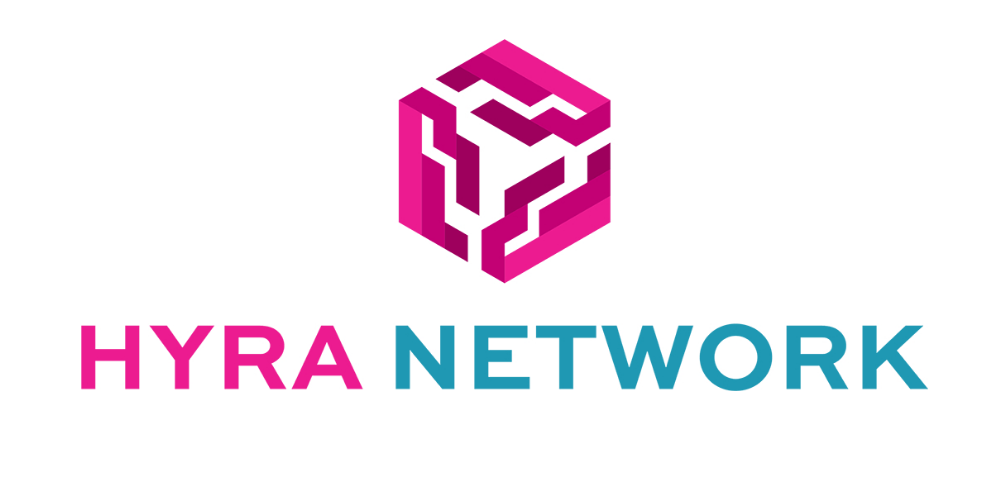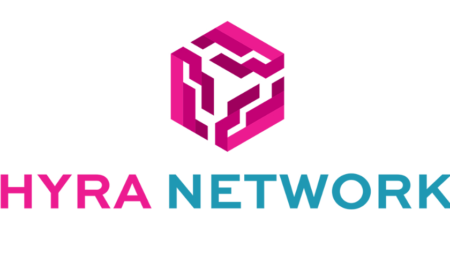Nicole Parsons has spent more than twenty years advising, coaching, and advocating within the human resources sector. She specializes in HR systems and labor relations, bringing an innate understanding of employment and labor issues.
“We often discount the importance of adaptability and setting employees up for success,” says Nicole Parsons Newfoundland, “particularly when a large group is put under severe pressure, like in the case of the recent COVID-19 pandemic.”
The success of navigating extreme change in a workplace begins with management. The leaders in an organization are tasked with creating a supportive space with clear communication and ensuring every team member is equipped with the resources to best adjust to new, stressful, sometimes frightening situations.
Why is the way we navigate a pandemic like COVID-19 still relevant today?
The COVID-19 pandemic was a wake-up call to the modern-day workplace, as experts like Nicole Parsons know. The sudden need for change combined with the extreme shifts required to keep businesses going were compounded by the fear, stress, and uncertainty of the pandemic itself. When change comes from such drastic, desperate circumstances, we test the metal of every member of the workforce, from the top down. As the dust begins to settle and a new normal, often a hybrid of what was and what was forced to be for a time, we can continue to evaluate what businesses did well and where they could improve in leading their employees through extreme and sudden change.
There will rarely be an event as big and world-changing as COVID-19, but understanding how to maintain a workforce and production during such a situation is the key to better navigating smaller changes required of employees and organizations in today’s workplace.
What should be top of mind when attempting to navigate change in the workplace?
Nicole Parsons notes, “When change occurs in the workplace, it’s best to stay as informed as possible. In the case of COVID-19, we looked to the World Health Organization and other experts on the local, provincial, and national level to help us understand what was occurring and work within the boundaries of what was safe and what wasn’t.”
Staying informed allows for flexibility and an openness to change. When you understand that your understanding is limited and that the information you have is most current but could change, it’s easiest to change the way you think about work. COVID-19 meant sudden changes in where we worked, how we worked, and the hours when support was available. The workforce that was able to share responsibilities and take on new tasks to make the team work was most successful because they were the most flexible and the most communicative.
Communication is absolutely key when great change is occurring. The best teams stay in touch, and team members remain informed so that every concern, question, and conflict can be managed effectively.
How does technology play a role in navigating change in the workplace?
As COVID-19 demonstrated, technology can become a lifeline to adapt during times of change. When the pandemic hit, companies like Zoom and Microsoft Teams stepped in with ever-improving solutions to engage teams through real-time communication options that included chat, video, and hybrid solutions, all with elements of gamification to engage teams and boost morale. Cloud storage and file sharing programs allowed companies to continue functioning. Even a decade ago, an event of this magnitude would have made it nearly impossible to maintain a workplace, and the notion of a virtual work environment would have been little more than a vague idea.
What other factors should employees take into consideration when navigating significant changes?
Personal health and mindset are often overlooked when extreme events affect the workplace. Office programs to address mental health and well being are becoming more prevalent, but it’s important that employees understand how important it is to engage. Prioritizing self-care deserves priority in highly stressful situations and can start with simple exercises like taking scheduled breaks, engaging in physical movement or activity, and practicing stress-management exercises such as breathing and journaling.
Stressful situations beget stressful teams, but being mindful of what is within your control can mitigate some of the uncontrollable stressors. “In many organizations, stress management goes unprioritized in the best of times,” notes Nicole Parsons, “and when the workplace undergoes great or sudden change, the goal becomes staying operational, and stress management gets pushed further down the priority list. Take into consideration socio-economic status, household composition, and other factors that contribute to stress, and there are many families already facing stressful daily life. The additional stress of a big change like the pandemic could be the breaking point.”
Approaching big changes in the workplace with empathy and understanding is key to keeping teams functional and productive during big changes.
About Nicole Parsons
Nicole Parsons sits on the Board of Directors for Choices for Youth, a nonprofit working with at-risk youth throughout Labrador and Newfoundland. Her 20+ years specializing in human resources has ingrained in her a deep understanding of unconscious bias involved in gender equity. In 2016, she joined Nalcor Energy where she directed corporate services.
She graduated with honors from Memorial University of Newfoundland with a Bachelor of Commerce. An expertise in HR systems and processes, diversity management, and union negotiations is at the core of Nicole Parsons’ professional legacy.
To learn more about Nicole Parsons, please visit her Linkedin page.



































